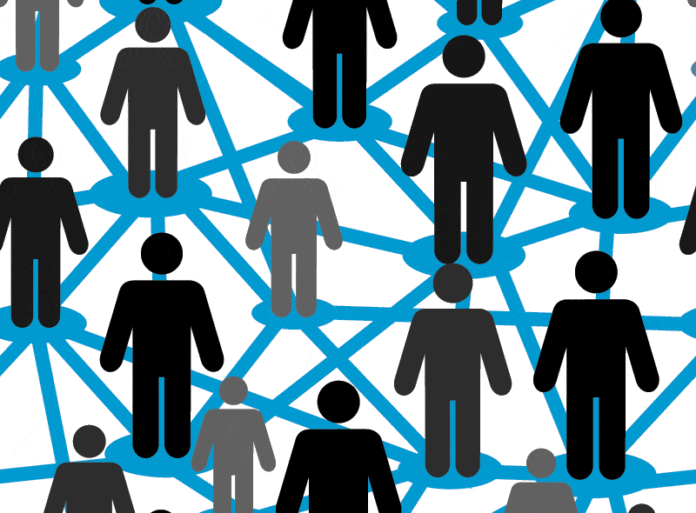By Francis daCosta.
 The general concept of peer-to-peer networks is extremely attractive. It appeals to my philosophical leanings and to my sense of engineering elegance. The prospect of billions of devices seamlessly interacting with one another seems to allow the Internet of Things to escape the limitations of centralized command and control, instead taking full advantage of Metcalfe’s Law to create more value through more interconnections.
The general concept of peer-to-peer networks is extremely attractive. It appeals to my philosophical leanings and to my sense of engineering elegance. The prospect of billions of devices seamlessly interacting with one another seems to allow the Internet of Things to escape the limitations of centralized command and control, instead taking full advantage of Metcalfe’s Law to create more value through more interconnections.
But true peer-to-peer communication isn’t perfect democracy – it’s senseless cacophony. In the IoT, devices at the edge of the network have no need to be connected with other devices at the edge of the network – there is zero value in the information. These devices have simple needs to speak and hear: sharing a few bytes of data per hour on bearing temperature and fuel supply for a diesel generator, perhaps. Therefore, burdening them with protocol stacks, processing, and memory to allow true peer-to-peer networking is a complete waste of resources and creates more risk of failures, management and configuration errors, and hacking.
Having said that, there is obviously a need to transport the data destined to or originating from these edge devices. The desired breakthrough for a truly universal IoT is using increasing degrees of intelligence and networking capability to mange that transportation of data.
Conceptually, a very simple three-level model will suffice. At the edge of the network are simple Devices. They transmit or receive their small amounts of data in a variety of ways: wirelessly over any number of protocols, via power line networking, or by being directly connected to a higher level device. These edge devices simply “chirp” their bits of data or listen for chirps directed toward them (and how are these addressed, you might ask – we’ll get there in a later blog post).
Note that I’ve said nothing about error-checking, routing, higher-level addressing or anything of the sort. That’s because none of these are needed. Edge devices (Level I, if you will) are fairly mindless “worker bees” existing on a minimum of data flow. This will suffice for the overwhelming majority of devices connected to the IoT*.
The emphasis in the last sentence above is a key point. Much of what has been written about the IoT assumes an IP stack in every refrigerator, parking meter, and fluid valve. Why? It’s obvious that these devices won’t need the decades of built-up network protocol detritus encoded in TCP/IP. We all must free our thinking from our personal experience of the networking of computers, Smartphones and human users to address the much simpler needs of the myriad devices at the edge of the IoT.
This is a two part article. Read the second part of this article here.
*Yes, there will be a relatively small number (still billions and billions) of more-sophisticated devices connected to the IoT. But these will connect with good ol’ IPv6, as the investment of a protocol stack is worth it.














